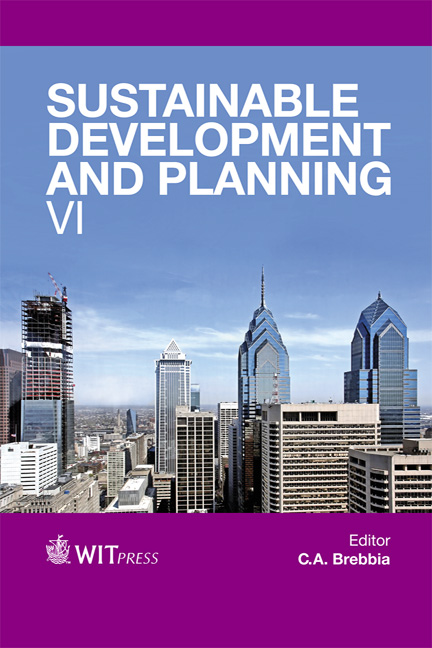Sustaining Abundance And Distributional Patterns Of Benthic Diatoms From Streams In Kentucky, USA
Price
Free (open access)
Transaction
Volume
173
Pages
13
Page Range
111 - 123
Published
2013
Size
173 kb
Paper DOI
10.2495/SDP130101
Copyright
WIT Press
Author(s)
K. M. Manoylov, R. J. Stevenson, Y. K. Wang
Abstract
A sustainable approach to the preservation of natural aquatic communities requires detailed understanding of primary producers in those communities. Diatom species abundance depends on the ecological conditions and species’ ability to distribute and grow at conditions close to its optima. The abundance-distribution relationship of diatom species was studied along an anthropogenic gradient in Kentucky streams. Mean relative abundance of diatoms found in reference streams decreased with an increase of nutrients and chloride, while distribution remained wide. Diatoms from the non-reference streams had higher diversity, but even with wide distribution, they had low abundance. Species that were most common and most abundant were species that occurred in streams in low human impact watersheds. Relative abundance of these species decreased with the increasing of nutrients and chloride concentrations; however, they persisted in habitats with high human disturbance. Non-reference sites had higher diversity, higher richness and lower evenness than reference sites. These results do warrant concern in regards to conservation, where the native low nutrient, low diversity sites in the State of Kentucky are the desired attribute.
Keywords
periphyton, diatoms, community structure, reference and nonreference streams, low nutrient streams





